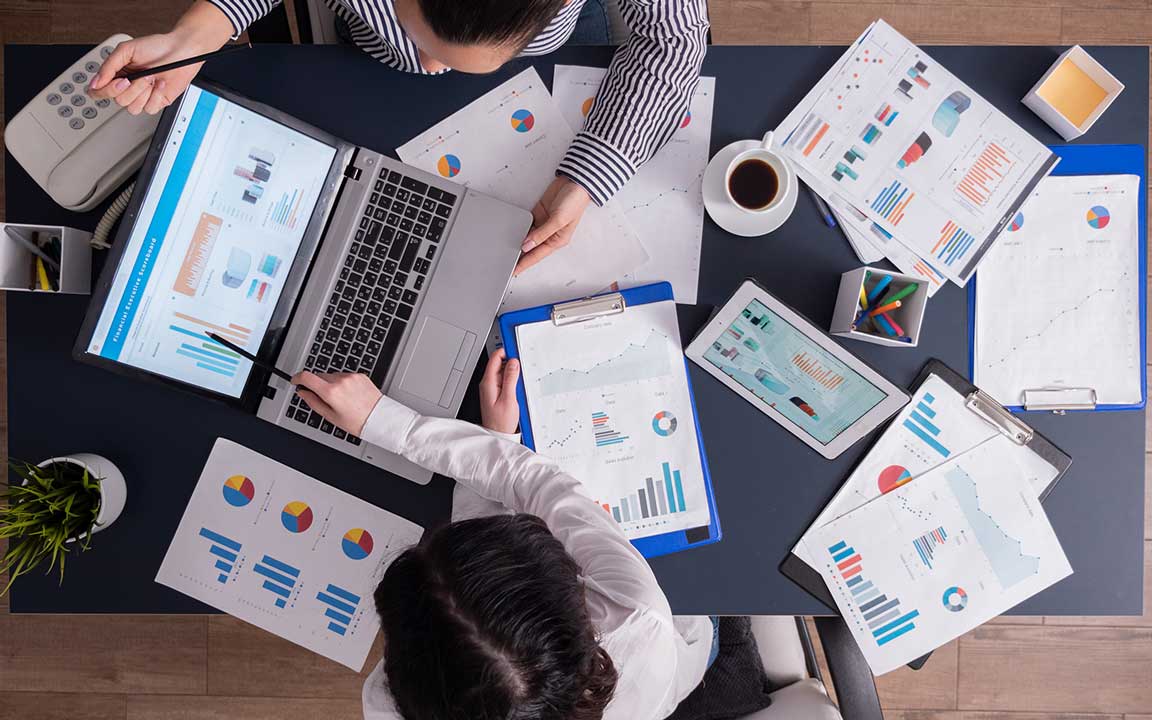Non Current Assets
The assets that cannot be quickly converted into cash or cash equivalents to pay for debts or short-term liabilities are known as non-current assets. These assets are not liquid by nature (in other words, they take longer to sell and realize their value into cash) and include long-term investments that cannot be used as a source of quick cash to cover current obligations. For example, investment in property and real estate, office furniture, manufacturing equipment or machines, business trademarks, and fixed financial securities. Moreover, any investment that is not expected to turn into cash within a year is also defined as a non-current asset of the company.
Examples of Non-Current Assets
The mix of current and non-current assets on the balance sheet of a company will depend on several factors, including the business model, the industry in which the company operates, the economic lifecycle, the risk profile of the company, and management decisions. Capital-intensive businesses have more non-current assets compared to current assets and, as a result, they are less liquid in relative terms. On the other hand, labor-intensive/services businesses tend to have more current assets, and the asset side of their balance sheets tends to be more liquid. Let’s have a look at some examples of non-current assets below.

-
Real estate and manufacturing plants
The investments in real estate, property, and equipment for manufacturing products tend to have longer economic life, and are described as non-current assets because they cannot be easily converted into cash for the payment of short-term obligations. The less preferred course of action for a company would be selling its machines or manufacturing plants to pay for inventory suppliers or wages (as an example), because it usually takes a lot of time to liquidate those assets, and a lot of value could be lost trying to sell them fast.
Company trademarks, copyrights, and patents
Copyrights, business trademarks, and patents are included in the intangible assets of a company. They are also defined as the intellectual property of the business. A trademark of a company cannot be converted into cash in a short period of time in most cases. Intangible assets are written as non-current assets on the balance sheet, and they get recognition at the time of their purchase. As well, often it is the patents, copyrights, and intellectual property of the company that allows it to generate its revenues. Therefore, if sold, they will most likely go out of business.
-
Long-term investments in bonds and stocks
Mostly, bonds and stocks are considered current assets, as they can be converted into cash relatively quickly (depending on the nature of the security). However, for example, often a company buys bonds or stocks with the intent to hold them for more than a year, but specific securities do not mature for one or more years, and are defined as non-current assets of the company. Similarly, when the shares of other businesses are purchased as a long-term investment, they are also included in non-current assets.
-
Excess purchase price or goodwill
When a company buys another business, it can pay an amount that could be more than the value of the assets on the balance sheet of that business. It means that the company is buying the intangible assets, such as the client base, the brand reputation in the market, and the work force. This excess amount between what was paid and the total assets on the balance sheet is recorded as goodwill on the new balance sheet, and the goodwill is also considered a non-current asset of the company.
How Are Current Assets Different from Non-Current Assets?
All the financial resources available for a company can be divided into two groups: non-current assets and current assets. The major difference between these two terms is their ability to be transformed into cash. In simple terms, current assets are a source of quick cash in a short period (within a year), whereas non-current assets are long-term investments that cannot easily provide cash. Current assets include accounts receivable, inventory stock, money market investments, marketable securities, and prepaid expenses. On the other hand, non-current assets include long-term investments in real estate, investments in stocks or shares with controlling interest, goodwill, property, and equipment.
List of Non-Current Assets on the Balance Sheet
Depending on the various accounting standards, assets will be recorded on the balance sheet at a certain value—often “fair value”—and updated periodically for any change in the assets’ value.
- intangibles, brand trademarks, patents, copyrights
- goodwill
- real estate, warehouses, investment properties, head offices
- long-term investments of bonds and stocks
- plant and Equipment, machinery, production units, technologies, tools, etc.





